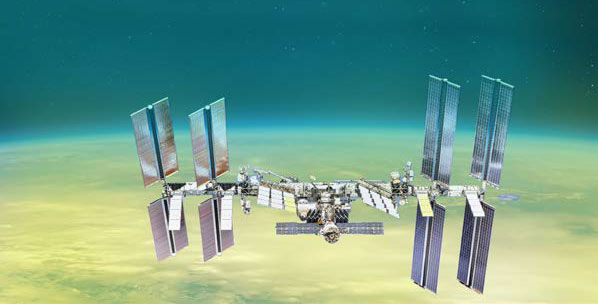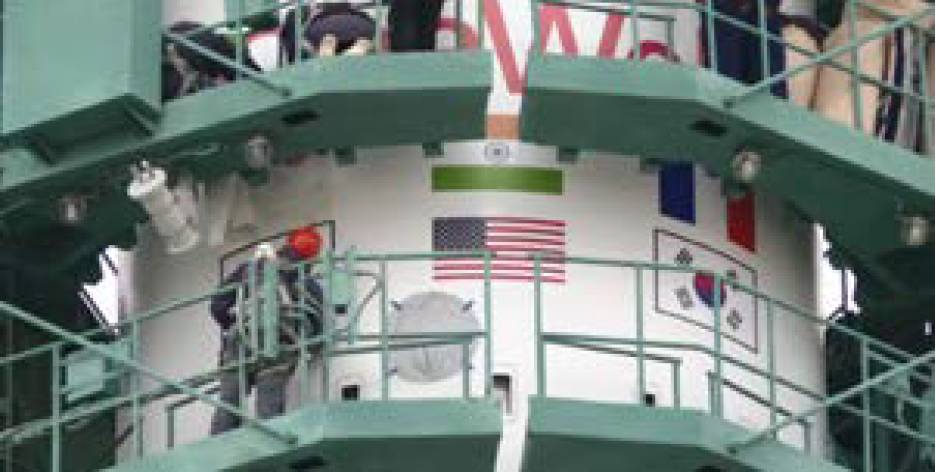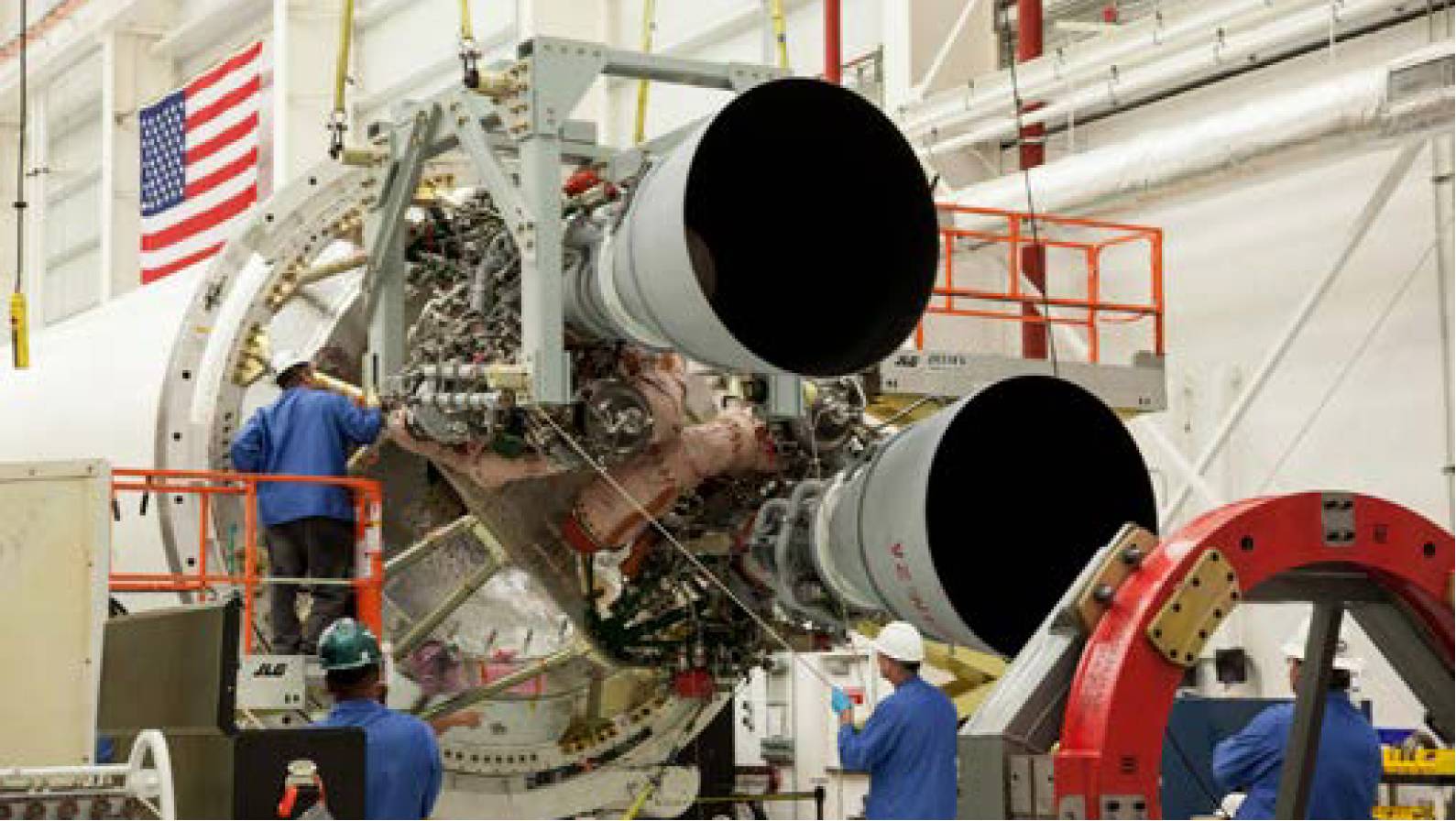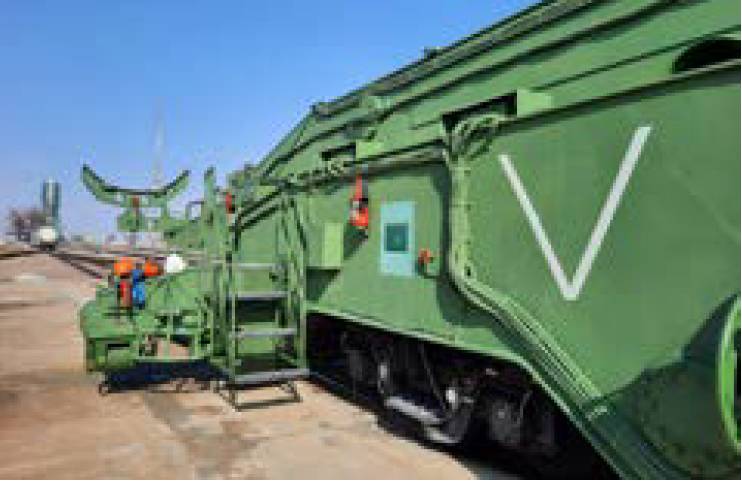SPACEFLIGHT Ukraine conflict
Ukraine – implications for international spaceflight
PAT NORRIS FRAeS from the RAeS Space Specialist Group assesses the widening impact of the Russia-Ukraine war on the co-operation and partnership in the spaceflight sector, joint missions and commercial launches.
 The International Space Station.
The International Space Station.
There are now a number of expanding effects, as a result of the Russian invasion of Ukraine, which cover satellites, launchers and international cooperation in spaceflight. Let’s take a look at some of the main ones.
Two space programmes of great importance to the UK have been impacted by the Russia-Ukraine conflict. The Rosalind Franklin rover developed by Airbus in Stevenage, Herts, was to have been launched this year for its mission to explore the surface of Mars, representing the main element of ExoMars, a joint European Space Agency (ESA)-Russia programme. On 17 March, the 22 member states(1) of ESA voted unanimously to suspend co-operation with Russia on ExoMars. ESA will now initiate a ‘fast-track’ industrial study to examine alternative approaches to undertaking the mission, made difficult because the Russian role currently involves not only the Proton launcher but also a lander that transports ESA’s rover to the Martian surface, and radioisotope heating units plus instruments on the rover itself. As a consequence, ESA Director General, Josef Aschbacher, said that a launch before 2026 was unrealistic and added “even that is very challenging”.
The second big impact of the crisis on UK space ambitions is the cancellation or postponement of seven scheduled launches of the Soyuz rocket, each carrying approximately 30 OneWeb communications satellites. The British government bought a stake in OneWeb to help the company emerge from bankruptcy in 2020. Without those seven Soyuz launches, only two-thirds of the planned 648 satellites are in orbit, preventing OneWeb from offering a global 24-hour service.
 US and UK flags were covered up on the OneWeb Soyuz rocket by Roscosmos. @Rogozin/Twitter
US and UK flags were covered up on the OneWeb Soyuz rocket by Roscosmos. @Rogozin/Twitter
The impact works both ways, with Russia losing out on the payments for the cancelled launches. However, on 21 March OneWeb announced that it had negotiated a deal with SpaceX to launch the satellites with the first launch expected later this year. Details of the arrangement were not made public nor was any mention made of the irony of SpaceX helping a rival of its Starlink service or of OneWeb paying launcher fees to its rival.
Other launches cancelled by Russia include two pairs of Europe’s Galileo navigation satellites, planned for April and September this year, a French CSO military reconnaissance satellite in December and two ESA science missions – the Euclid astronomy probe in February 2023 and the EarthCARE environmental observatory in March 2023. All 85 Russian staff at the launch site in French Guiana, where six of these launches were to have taken place, have been repatriated. Aschbacher stated on 17 March that ESA was assessing alternative launch services for these missions, including possible use of the exploitation (ie test) flights of the new Ariane 6 rocket – the first of which is scheduled for the second half of 2022.

